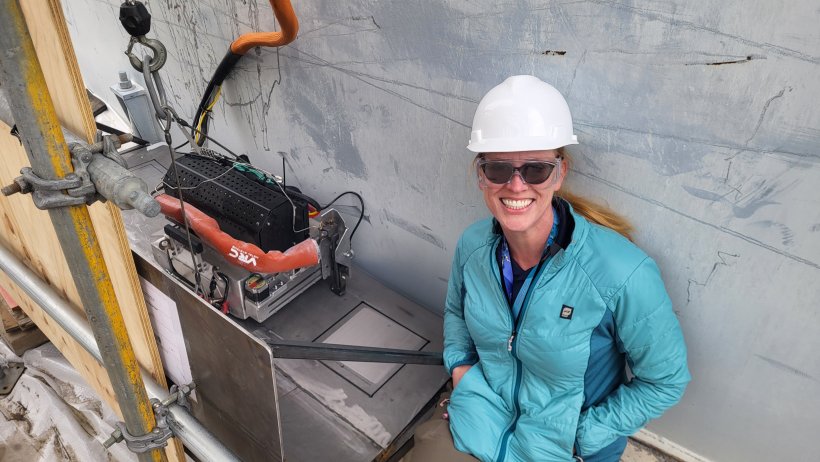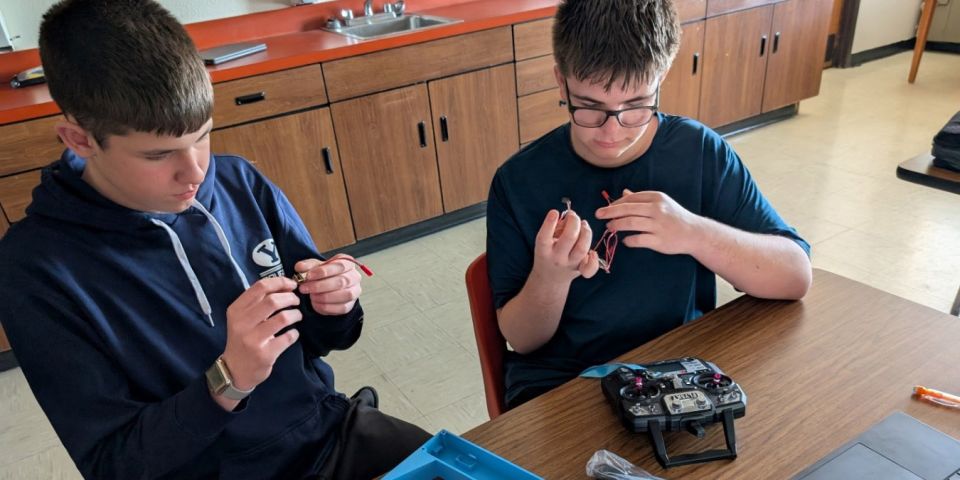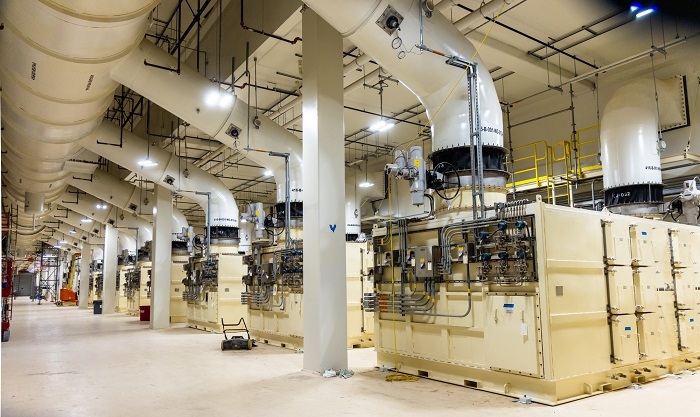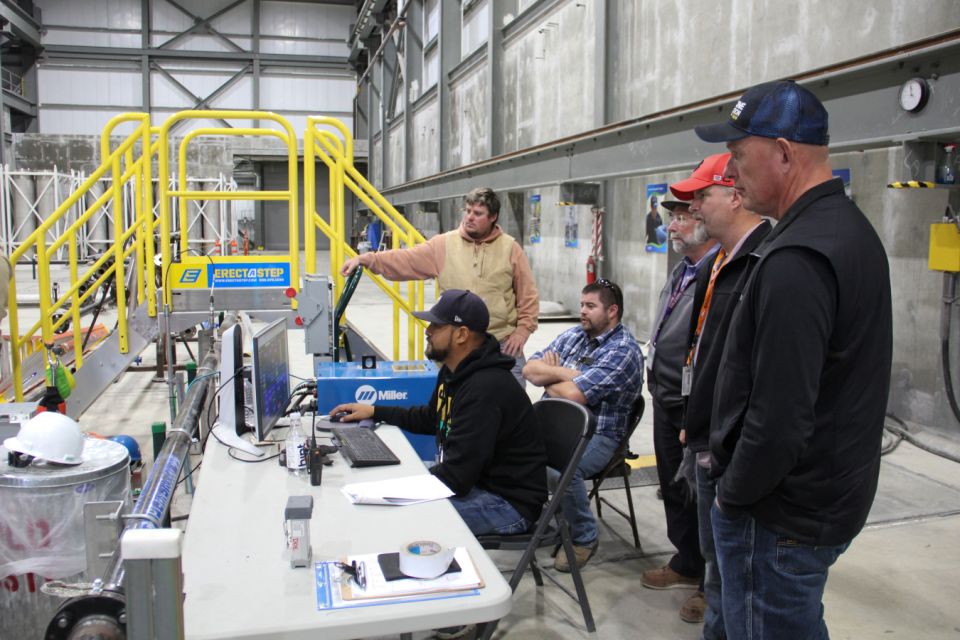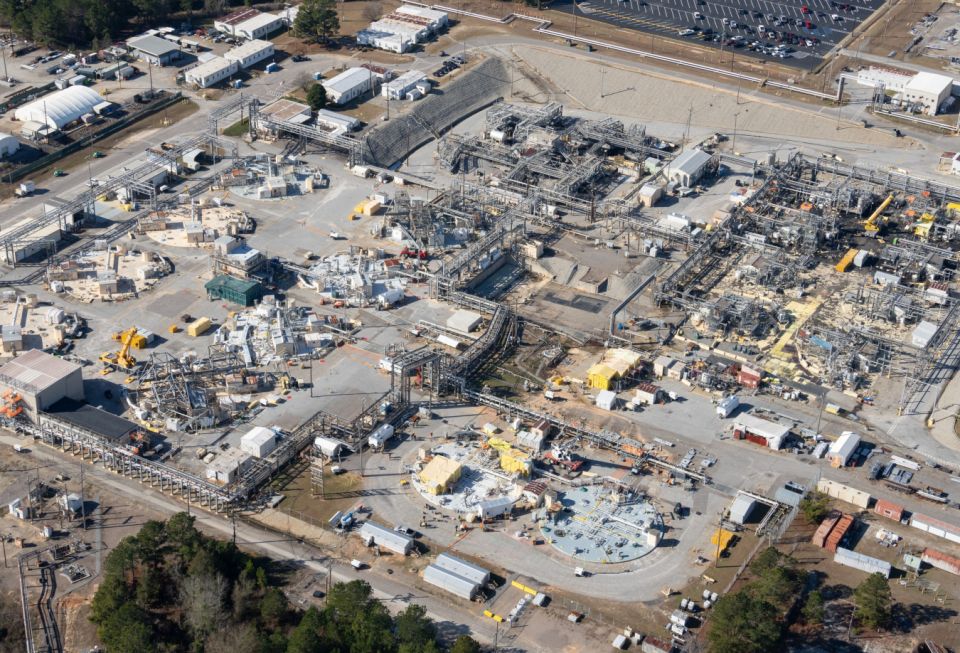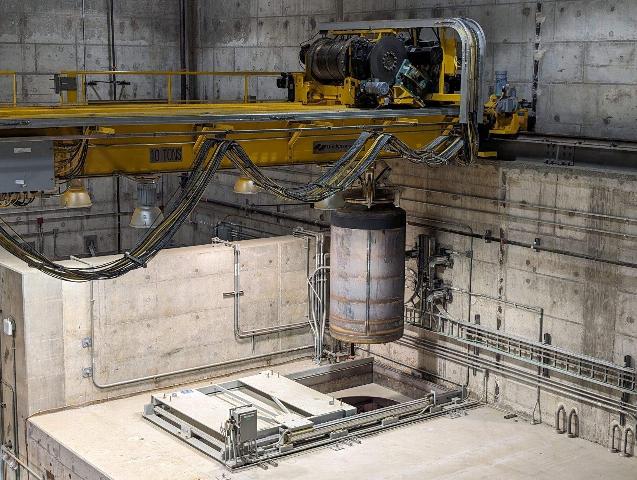Cold spray is a solid-state material deposition process, where micron-sized feedstock powder particles are propelled by pressurized high-velocity gas toward a substrate, forming a coating on impact. While increasingly being considered for use in nuclear applications, cold spray technology has not been extensively evaluated for use at the Hanford tank farms, according to DOE-EM.
The tanks: Hanford’s double-shell tanks were constructed between 1968 and 1986 to hold waste transferred from aging single-shell tanks. The large underground tanks consist of a primary carbon-steel tank inside a secondary carbon-steel liner, surrounded by a reinforced concrete shell. Treated waste stored in the tanks will be fed to Hanford’s low-activity waste vitrification facility at the Waste Treatment and Immobilization Plant for immobilization in glass.
New tool in the toolkit: Working with VRC Metal Systems, Robotic Technologies of Tennessee, and Orano Federal Services, WRPS spent three years developing a method for combining cold spray and robot technology to reinforce areas of the double-shell tanks.
Previously, crews used mock-up demonstrations at Hanford’s Cold Test Facility to show that robotic equipment can be lowered into the space between the first and second shells of a double-shell tank, known as the annulus, to navigate the space. This most recent demonstration validated the system’s ability to navigate the annulus wall to deposit a cold spray patch, as well as to test the crew’s readiness to operate it.
According to DOE-EM, the team’s progress brings the technology a step closer to potentially joining Hanford’s’ tank integrity toolkit.
They said it: “DOE is exploring potential refurbishment technologies that will extend the lifespan of Hanford’s large underground tanks in support of the tank waste mission, including the Direct-Feed Low-Activity Waste Program,” said Erik Nelson, DOE-EM technical lead for tank and pipeline integrity at Hanford.
“I’m impressed with cold spray technology and its potential application for the Hanford double-shell tanks, based on data we’ve gathered during full-scale demonstrations,” said Stephanie Doll, WRPS technical lead for tank refurbishment projects. “The field crew involved in deploying and operating the equipment is equally as impressive. Their invaluable feedback and proficiency have been key to our success so far.”
